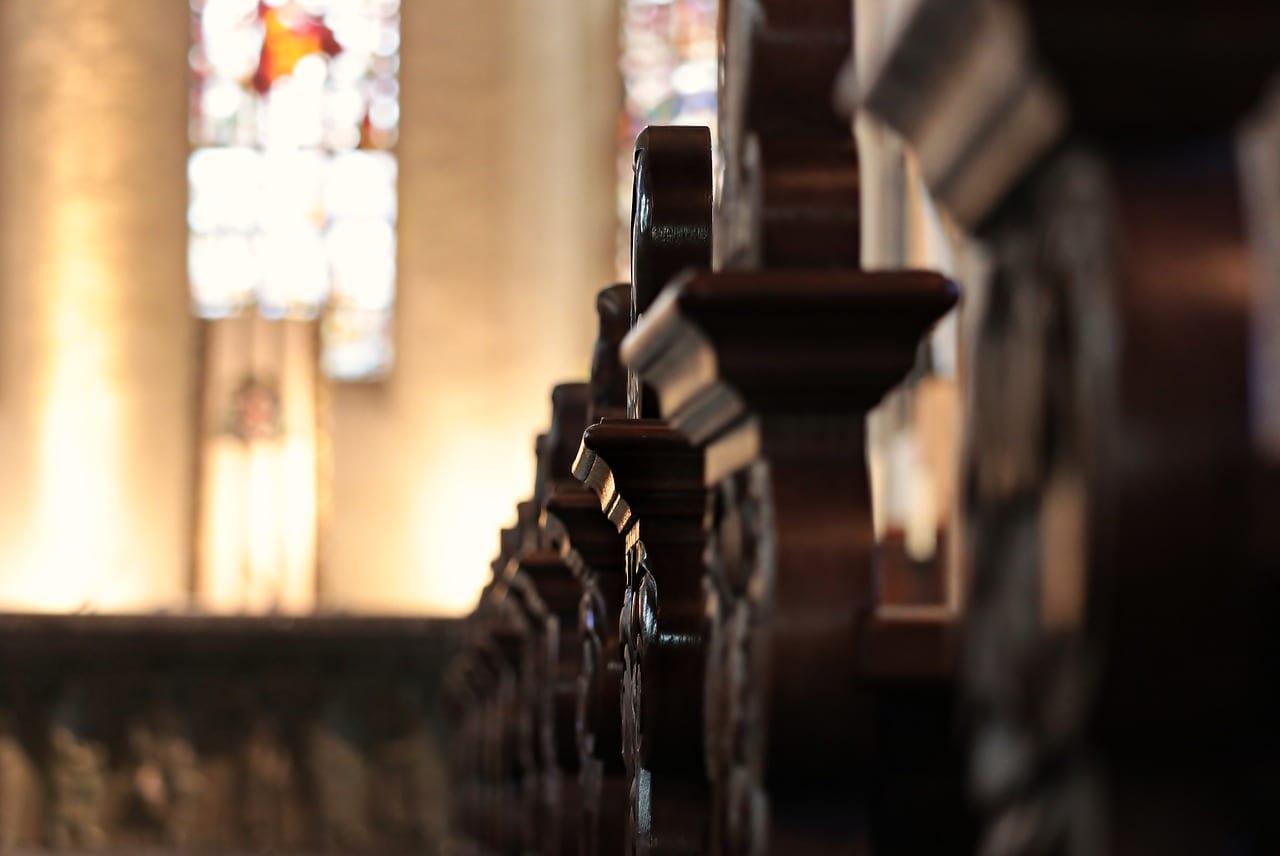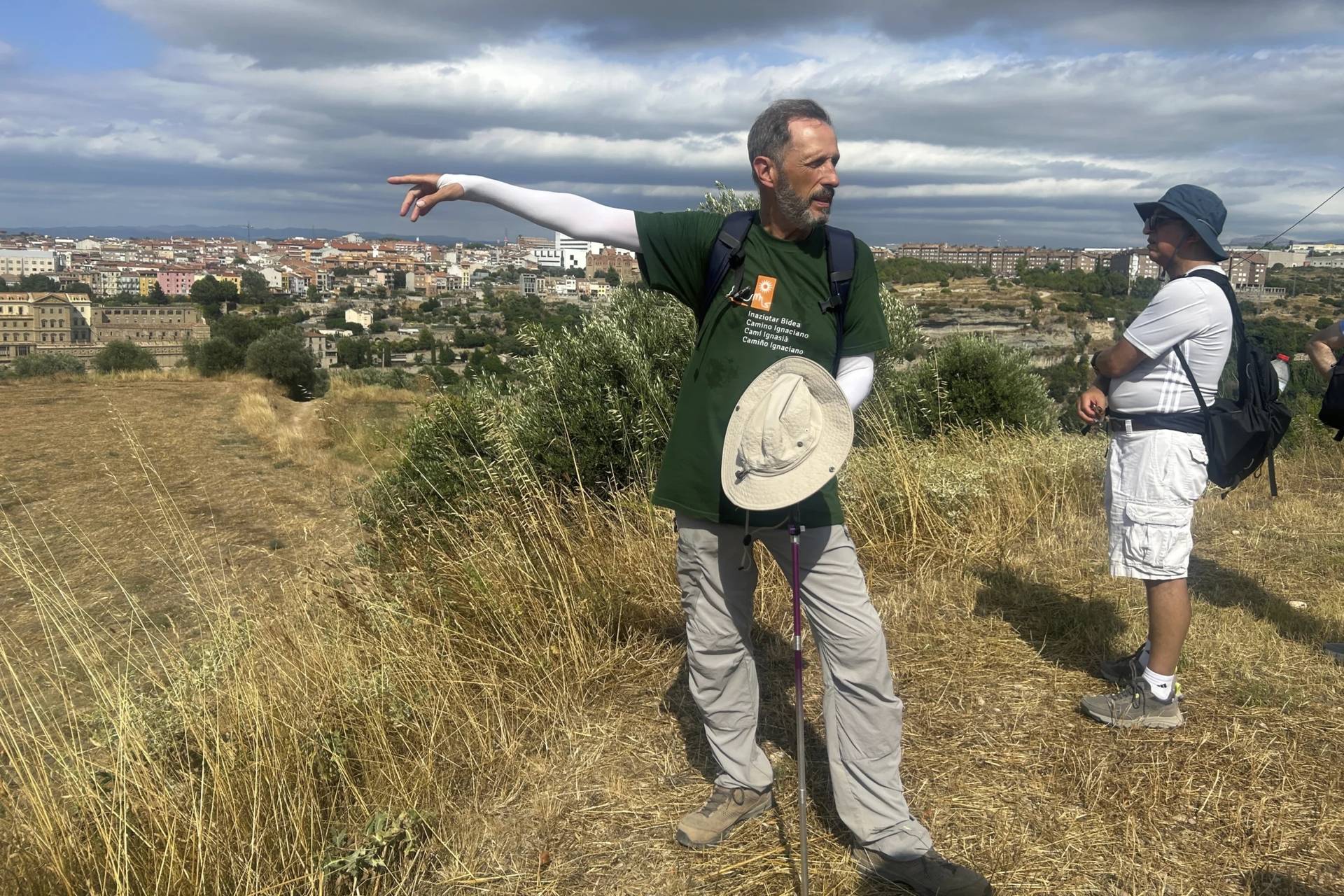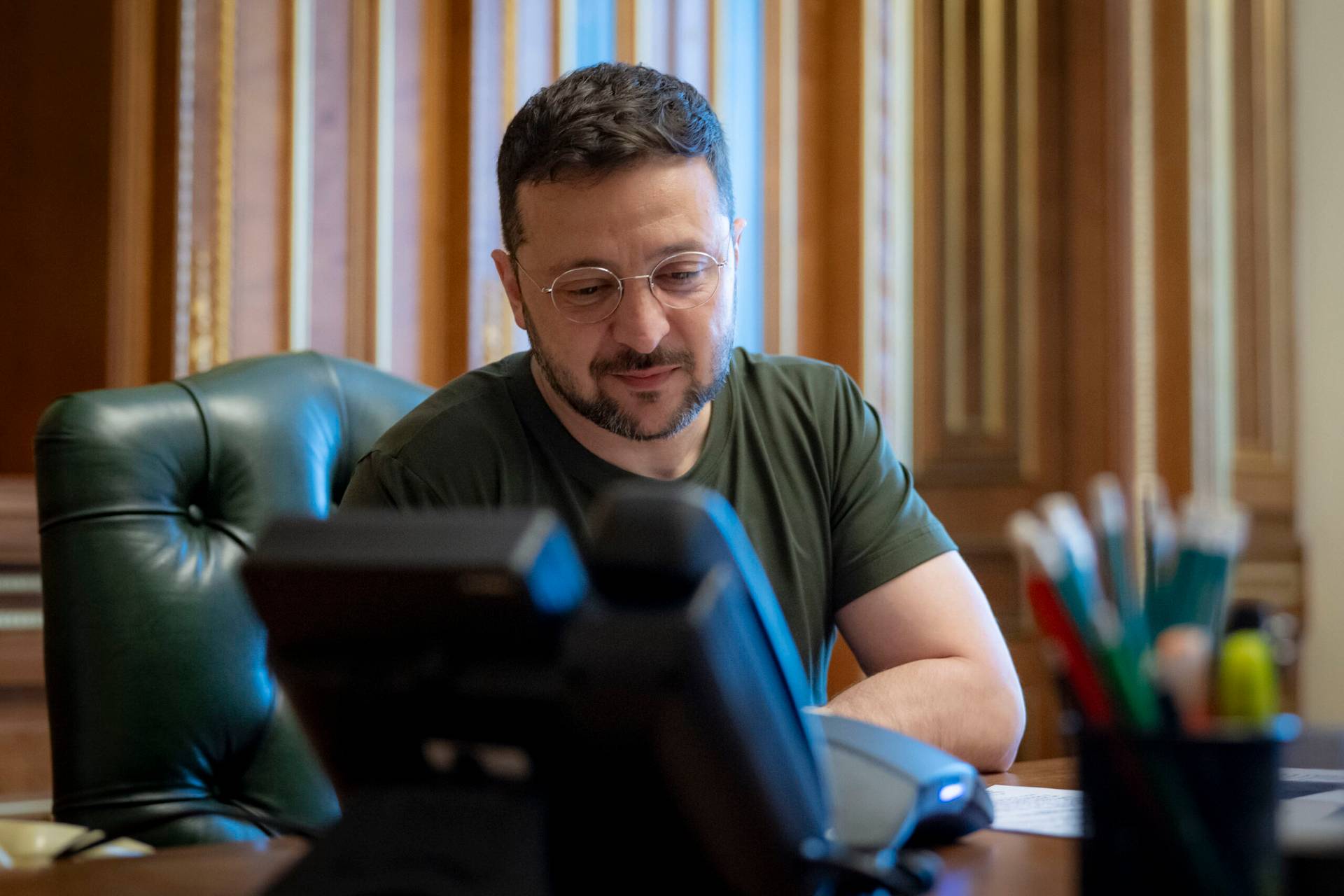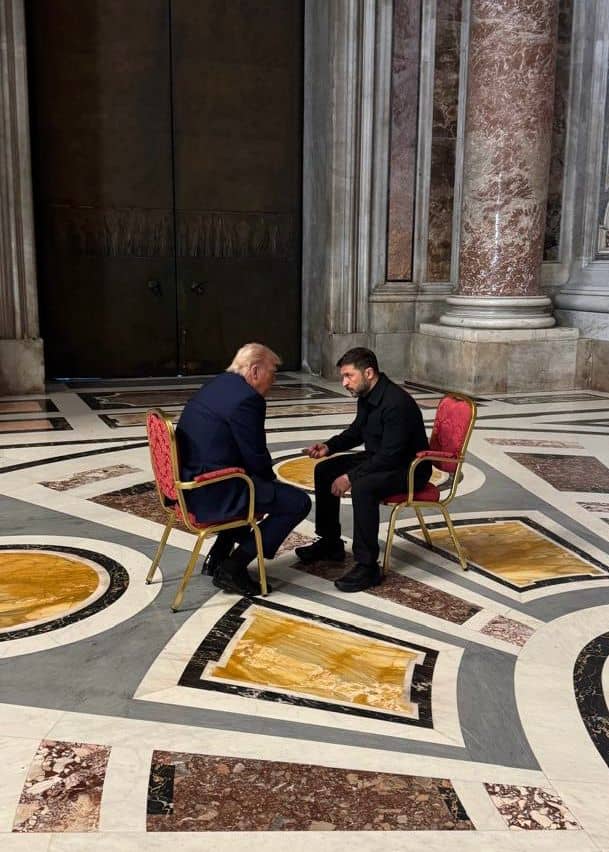COURMAYEUR, Italy — In Italy, the days surrounding the Catholic feast of the Assumption of Mary, which coincides with a major national holiday, are typically a time of national relaxation kicked off by pious celebration.
Visitors who stumbled across a Catholic church on the Aug. 15 Feast of the Assumption likely would conclude that the faith here, despite it all, remains alive and well. Parishes are typically packed, including whole families who still see going to Mass that day as part of the traditional mid-August ferragosto holiday.
Overall among European Union members, according to Gallup data, only Poland and Ireland have higher weekly church attendance rates than Italy, which clocks in at a robust 37 percent nationally – compared to 13 percent in Germany, for instance, and 11 percent in both France and Belgium.
Yet that’s not quite the story about Catholicism one would have gleaned from the Italian media during this year’s ferragosto period. Seen from the papers rather than the pews, the Catholic story in the pope’s backyard this year has been one of silence, decline, and vulnerability.
In northern Italy, the former Saint Francis elementary school in the city of Cigliano, which used to be run by nuns, has long been abandoned and is falling into ruin. According to Italian paper Nuova Periferia, locals believe the chapel attached to the school has been robbed, because it’s now “completely empty” with none of the adornments it previously contained.
City authorities are reportedly hoping to restore or repurpose the property, which some say has become “a toilet for cats.”
Not far away, in the northern town of Carbonara, thieves broke into the cathedral Aug. 16, the day after the Assumption, stealing vestments, gold-plated patens used during the distribution of communion and the copper cover of the cathedral’s baptismal font.
The incident made headlines in Italian paper La Voce di Rovigo, which reported that on the same day, a hailstorm also damaged a precious stained-glass window, leaving it in pieces.
Separately, in the city of Modena the church of San Damaso was also hit by thieves who stole money given in the offertory Aug. 14. Italian paper Il Resto del Carlino reported that the money was later found by police in a parking lot and returned to the parish, however, the incident has left parishioners surprised and anxious.
Another article published in the Italian paper Il Fatto Quotidiano on the eve of the Assumption, focused less on the celebratory and devotional nature of the coming feast, and more on the Church’s political footprint in Italy.
Author Francesco Grana, a longtime Vatican reporter, was critical of Italian bishops for what he said is an “unusual and deafening silence” in response to the country’s increasingly complex and dizzying political situation.
Grana argued that the bishops seem “stunned” by the apparent demise of Italy’s populist coalition government, yet a “Catholic proposal” is “almost absent” as the nation gears up for elections after Deputy Prime Minister Matto Salvini last week declared he was pulling out of the coalition.
Salvini took office in 2018 as part of an accord between his far-right League party and the left-wing Five Star movement.
Grana noted that many practicing Catholics in Italy voted for Salvini in both his 2018 election as deputy prime minister and in the European parliamentary elections in May, despite the fact that the firebrand minister is at odds with Pope Francis on hot-button issues such as immigration. He has been criticized by several Italian bishops for using religious symbols such as the rosary during political rallies.
Grana said the “quiescence” of the Italian bishops is a source of great concern, claiming the only Catholic entity in the country attempting to fill the void left by the bishops is the Democrazia Solidale party, nicknamed “Demos,” which is linked to the progressive Sant’Egidio community, generally viewed as adopting a liberal ecclesial agenda and which is a favorite of Francis.
The Sant’Egidio community, widely known for its advocacy on behalf of migrants and refugees, was established by Italian politician and historian Andrea Riccardi, who for a short stint in 2011 served as Italy’s Minister for International Cooperation.
Established 10 months ago, Demos is the brainchild of former Deputy Italian Foreign Minister Mario Giro and the Lazio Regional Counselor Paolo Ciani. It’s designed as a means of bridging social gaps and giving a voice to the poor and economically disadvantaged.
With a mandate to “reform” political life in Italy, the organization, according to its website, says it wants to offer a contribution based on three primary principles which they say are at the heart of their identity: a political commitment inspired by “democratic Catholicism”; a communitarian and “non-individualistic” idea of democracy; and a model of responsible autonomy and solidarity, which they say are pillars of “a united but plural Italy.”
Yet perhaps the real standing of the Catholic Church in Italy during ferragosto 2019 was glimpsed in the city of Brescia in Italy, where Nadia Toffa, a popular television personality and host of the long-running show Le Iene (“The Hyenas”) was laid to rest on Friday. Everyone of note in the country, from celebrities to politicians and financiers to fashion designers, either were physically present or offered public condolences.
Most of those “influencers,” in all likelihood, are not regular church-goers and don’t take their cues on much of anything from the bishops. Yet the funeral took place in Brescia’s cathedral before a packed house, and the most-quoted figure in the media was the priest who presided: Father Maurizio Patriciello, a pastor from Naples and a personal friend of Toffa, selected by her prior to her Aug. 13 death to lead her funeral Mass.
Patriciello is considered a hero to people in his impoverished Naples neighborhood, known as the “Land of Fire,” both for his stands against dumping industrial waste in the area, which he holds responsible for elevated cancer rates, and his anti-mafia activism.
In other words, a quintessentially secular figure wanted a celebrated Catholic priest to be the one to deliver her last message to the world, and she wanted it done in a Catholic church. That pretty much says it all in a country where the Church may be perennially in crisis and decline, but where it also still has a hold on hearts and minds that’s proven stubbornly resilient.
Follow Elise Harris on Twitter: @eharris_it
Crux is dedicated to smart, wired and independent reporting on the Vatican and worldwide Catholic Church. That kind of reporting doesn’t come cheap, and we need your support. You can help Crux by giving a small amount monthly, or with a onetime gift. Please remember, Crux is a for-profit organization, so contributions are not tax-deductible.















